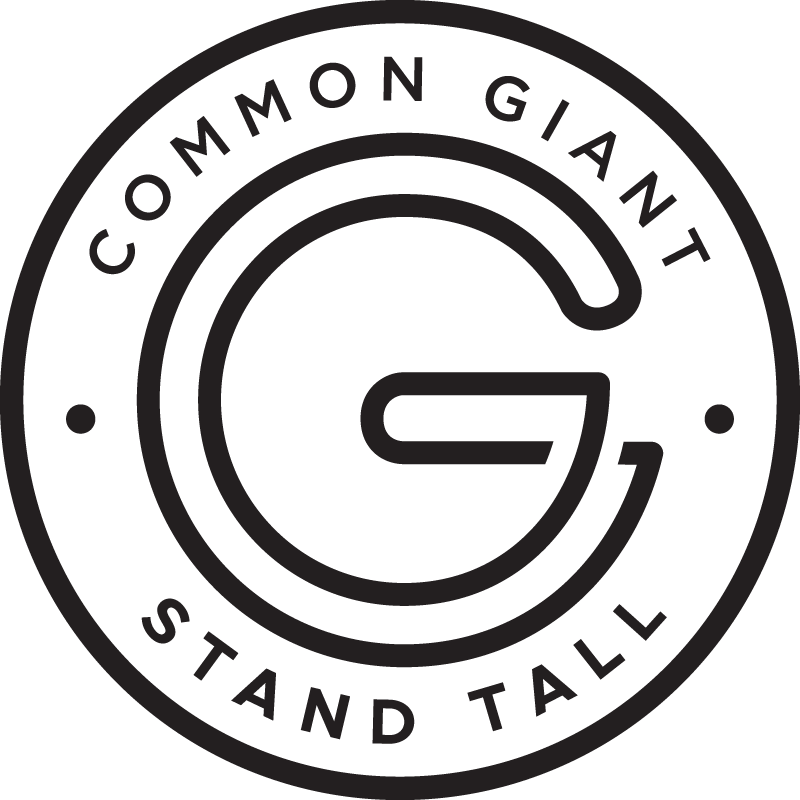Blog
Crowd Wisdom and Your Brand: What You Need to Know
If everyone else jumped…
Leveraging crowd wisdom can be incredibly valuable for leaders in business. It offers a wide array of perspectives, can lead to more accurate measurements and predictions, and can validate hypotheses.
But crowdsourcing is not always useful and can in fact be harmful, particularly when building a brand. If you had to serve ice cream to please a crowd of 10,000 people, vanilla would do nicely. Otherwise, you’re much more likely to find success with your own unique flavor.
So how do you weigh decisions in branding? It takes a considerable amount of intuition, work, and the courage to take a leap of faith. Here are a few things to bear in mind though.
1.) Crowd wisdom is great when the situation involves math.
You’ve probably heard the expression, “measure twice, cut once.” This is sage advice when the work being done requires measurements, but as we’ve pointed out before, measuring the value of a brand isn’t science.
The wisdom in the adage above applies to a situation in which more input prior to execution will likely increase the efficiency of execution. Imagine you need to cut a piece of wood precisely, but you must rely on others to measure for you. You would benefit by asking more people to contribute in order to increase accuracy.
This works because quantitative measurements are involved. However, using crowd wisdom like in the scenario above could be quite hazardous to your brand. One of your goals in building a brand should be to create something unique, something that stands out in a crowd. As Margaret Mark and Carol S. Pearson put it so eloquently, brands provide meaning. Meaning is intangible. Too many voices and too many perspectives could cancel one another out, leaving you with a lifeless brand.
Too many opinions can lead to decision paralysis meaning time, money, and effort wasted.
2.) Consider the voices in the room.
When collaborating for rebranding, choose participants wisely. What experience do they have? What expertise? What insight? What skin do they have in the game? Let’s say that you had the opportunity to either ask a crowd of carpenters to guess the measurement of that piece of wood or a crowd of bankers. Which would you choose? We can’t stress enough the importance of being selective and strategic when seeking input.
But let’s complicate stuff! Professionals don’t always make for the best participants. Experience can also suffer from the curse of knowledge, producing biases that stifle creative thinking. You want fresh viewpoints that understand the best parts of your company and culture. Remain curious and connect with new perspectives as well.
Case in point; multiple editors passed over a certain children’s book titled Harry Potter and the Philosopher’s Stone. Finally, one editor, aware of the book’s multiple rejections from other editors, had the insight to let his child read it. Seeing her reaction, he felt the book might have a chance at success. Quite brilliantly, he gave more weight to his daughter’s opinion than the multiple professional opinions. This is a wonderful example of “know your audience.” Who was the book series written for? Clearly, not editors.
3.) Trust your intuition and decide what kind of brand you want to be.
Ultimately, you need to decide who gets a voice in your brand and then consider how much weight that voice should have. This can be difficult and intimidating, but relying on crowd wisdom to build your brand is going to lead to even more frustration and a shoddy product. A good brand takes a vision and the resolve to see that vision through.

